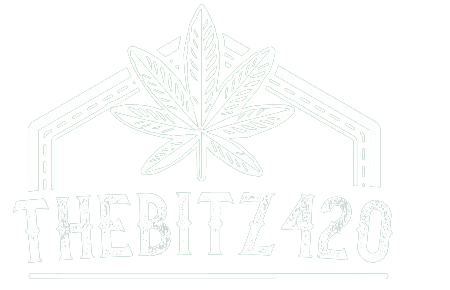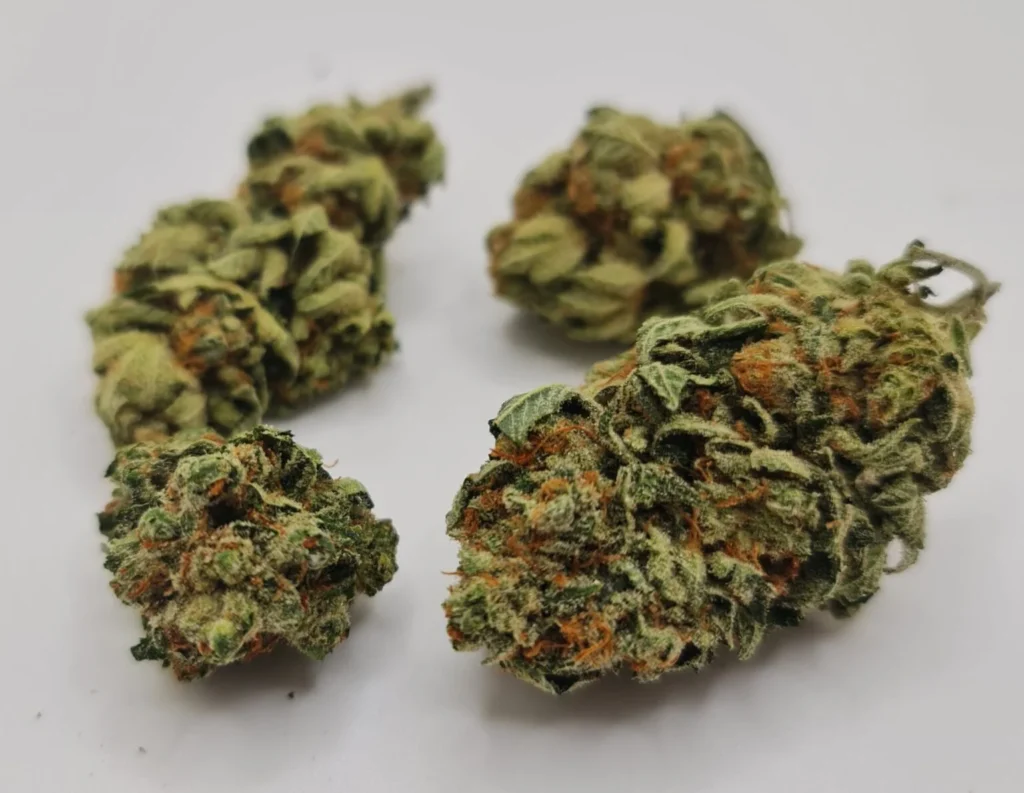Guest author Edward Henry QC, of Mountford Chambers, considers the ongoing issues regarding access to medicinal cannabis, specifically relating to the treatment of children, in the United Kingdom (UK).
What’s the issue?
The battle for NHS prescriptions concerning the use of unlicensed cannabis based medicinal products (CBMP’s) in severe treatment resistant childhood epilepsies continues to attract controversy.
Since the change in the law in November 2018 allowing the prescription of CBMP’s, there has only been one prescription via the NHS, not three, as variously claimed. This is because in the case of Alfie Dingley, and one other child, access to CBMP’s was resolved by a General Practitioner (GP) prescription before rescheduling of Cannabis. Thus the provisions which arose post November 2018, stipulating that the prescriber must be on the specialist register did not apply.
What is the explanation for this acute bottle-neck, or block? The responsibility appears to lie with the British Paediatric Neurology Association (BPNA). In its March 2020 annual report, it stated the following:
There have been specific challenges that the Association has had to meet this year. The first concerns the issue of the use of unlicensed cannabis based medicinal products in childhood epilepsies. The Association, at the request of the Chief Medical Officer and NHS England, conducted a review of the clinical and scientific evidence in this area and published interim guidelines for clinicians. They also actively participated in the development of NICE guidelines in this area. Both guidelines have emphasised the need for further research and the BPNA were actively involved in submitting applications for funding from NIHR for research trials.
Given the undoubted real-world evidence of many children who have seen a remarkable improvement in their severe treatment-resistant epilepsy (“STRE”), as documented by the charity Drug Science, the BPNA’s approach, based upon a pharmaceutical paradigm of developing an evidence base via double blind randomized clinical trials would appear to have been too restrictive.
Their self-avowed contribution in the development of the NICE guidelines, referenced above in their 2020 annual report, became the subject of a legal challenge against NICE’s Guideline NG144 concerning CBMP’s. This legal action (settled out of court) was necessitated by the restrictive influence the guidelines (borrowing from the BPNA’s already rigid approach) had had upon prescribers. It was argued that inflexible adherence to the model of double blind RCTs, which then prevailed to the question of evidence, would have ignored many individual cases in which CBMP’s had already had a beneficial impact. Accordingly, the November 2018 change in the Law to allow such prescriptions would have been stultified.
Unfortunately, before the challenge took place and was resolved, many clinicians were not prepared to prescribe CBMP’s which appeared to have had the above beneficial effect. They then claimed that they either could not or should not do so because of the guidance then made available to clinicians by NICE and/or the BPNA.
When, therefore, on 22 March 2021, NICE published the clarification to Guideline NG144 (“the Clarification”) many parents thought that a beacon of hope would soon be seen in the distance.
The clarification, from NICE, however, would seem to have little impact in the last 8 months. The question therefore is, why?
To understand, one must investigate the Clarification itself, and deduce how and why it remains to be properly implemented and has been frustrated in practice.
The Clarification was issued by way of an agreement between NICE and the parents of a child with STRE. His parents had brought a judicial review of Guideline NG144. They argued that Guideline NG144 was being interpreted wrongly by clinicians, in that clinicians were treating it as precluding them from prescribing CBMP’s on the NHS. In response, NICE disclaimed that Guideline NG144 was intended to have any such effect. In settlement of the proceedings, NICE issued the Clarification to remove the mischiefs the parents had valiantly argued against.
It should never be forgotten that children with STRE very often die because of seizures, or suffer irreversible brain damage, forever blighting their lives, and quality of life. The Clarification, therefore, was supposed to provide authoritative guidance on this important (often painful) subject. It superseded and took precedence over any guidance (issued by other bodies including the BPNA) to the contrary.
Drug Science, in a recent paper, demonstrated that within a cohort of children suffering from STRE there was 96% chance of a child significantly improving after receiving treatment with a full spectrum CBMP. Given that these children will have hitherto been resistant to all licensed anti-convulsant drugs, often suffering from hundreds of seizures weekly and experiencing a very poor quality of life combined with a significantly statistically enhanced risk of death, this was a paper that deserved the fullest recognition by the medical profession.
The Clarification was important in two significant ways. It made clear that NICE’s view was not, and is not, that CBMPs should not or never be prescribed in individual cases where clinically appropriate. This NG144 had previously failed to spell out.
The Clarification, most valuably, also expressly explained when, in an individual case, the prescription of a CBMP would be clinically appropriate. The key sentence is the last of paragraph 3.2:
“Patients in this population can be prescribed cannabis-based medicinal products if the healthcare professional considers that that would be appropriate on a balance of benefit and risk, and in consultation with the patient, and their families and carers or guardian” (emphasis added).
This sentence means that healthcare professionals, when deciding whether or not clinically to support the prescription of any particular CBMP, must actively turn their mind to:
(a) what benefits they consider it will, or might, bring; and
(b) what risk they consider it will, or might, create?
If the healthcare professional considers that the benefit outweighs the risk in all the circumstances of the case, and the parents support the use, (i.e consents on an informed basis) there is no reason for them clinically, nor based on the guidance, not to support the prescribing of the CBMP in question.
What if, rhetorically, a clinician having performed this risk/reward ratio exercise, which results in the balance coming down in favour of prescription, predicated on having obtained valid informed consent of the parent, but then decides not to, based upon their own view (according with the BPNA) that there must be more pharmacological based evidence first, on a population wide study? Were they to consider that the actual or potential benefits outweighed the actual or potential risks, but did not clinically support prescription, the clinician would then, in our view, be acting inconsistently with the Clarification, and not in the patient’s best interests. The whole point of the Clarification was to emphasise that the state of the research evidence about CBMP’s to treat STRE, although limited currently, cannot be a reason to refuse prescription in an individual case.
Unfortunately, in an arch display of seeming contempt for the clarification the BPNA issued updated guidance in October 2021, which was either designed to subvert the Clarification issued by NICE, or create such obstacles in its implementation in an individual case that it would become unworkable. By way of example, this can be seen in the following paragraphs from the BPNA’s current guidance:
5.13 If a Paediatric Neurologist does plan to prescribe an unlicensed CBMP in private practice they should:
5.13.1 inform the NHS Paediatric Neurologist normally looking after the child and
5.13.2 provide ongoing comprehensive care for a child with complex epilepsy, including appropriate psychological, developmental and physical assessment/therapy, with 24-hour support.
5.13.4 If a paediatric neurologist prescribes an unlicensed CBPM in private practice they should also be certain that the family can sustain the cost of ongoing private prescriptions. We consider it unethical to initiate a treatment in private practice for which funding is not available in the longer term. The NHS is unlikely to meet the cost of future prescriptions of an unlicensed medicine that has no Level 1 evidence of efficacy and safety.
From our reading, paragraph 5.13 could be construed as a veiled threat that the NHS paediatric neurologist will wash their hands of the patient if they receive a private CBMP prescription. As for 5.14 this is an intrusive, and wholly outside the remit of the specialist.
The Research Recommendations at paragraph 6 of the BPNA offering shows that it is still wedded to the double blind RCT model, wholly forgetting the importance of the Clarification, in which NICE declared:
3.1 “The (original) guideline made research recommendations for the use of unlicensed cannabis-based medicinal products for severe treatment-resistant epilepsy. The committee took the view, based on the evidence available at the time, that there was insufficient evidence of safety and effectiveness to support a population-wide practice recommendation (that is, a recommendation relating to the whole population of people with severe treatment-resistant epilepsy).
3.2 The fact that NICE made no such population-wide recommendation should not however be interpreted by healthcare professionals as meaning that they are prevented from considering the use of unlicensed cannabis-based medicinal products where that is clinically appropriate in an individual case. Patients in this population can be prescribed cannabis-based medicinal products if the healthcare professional considers that that would be appropriate on a balance of benefit and risk, and in consultation with the patient, and their families and carers or guardian.
3.3 There is no recommendation against the use of cannabis-based medicinal products”.

